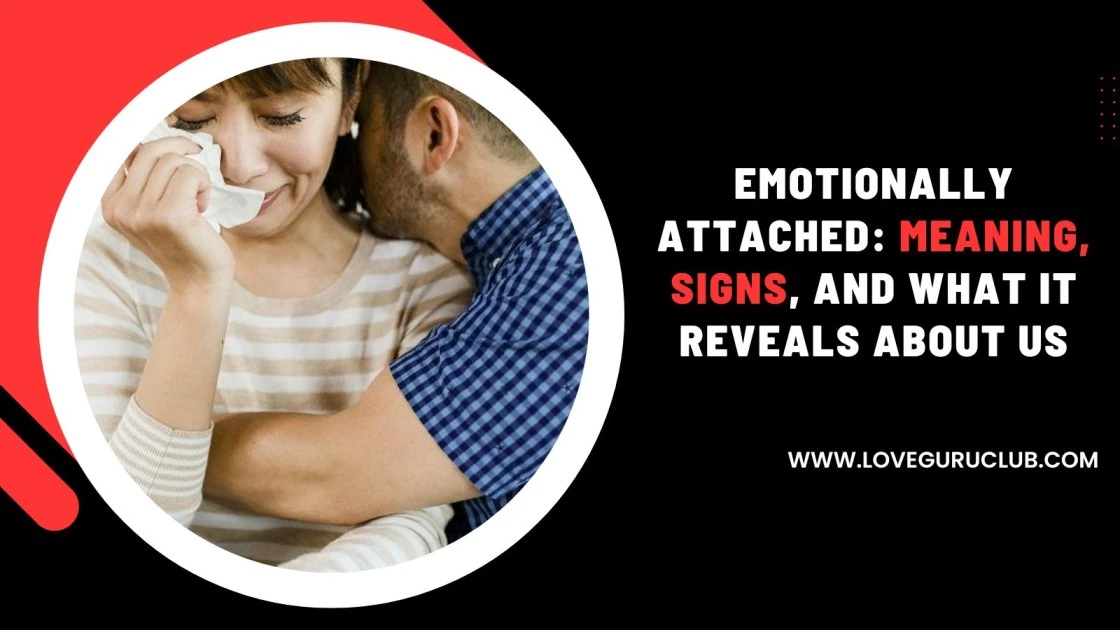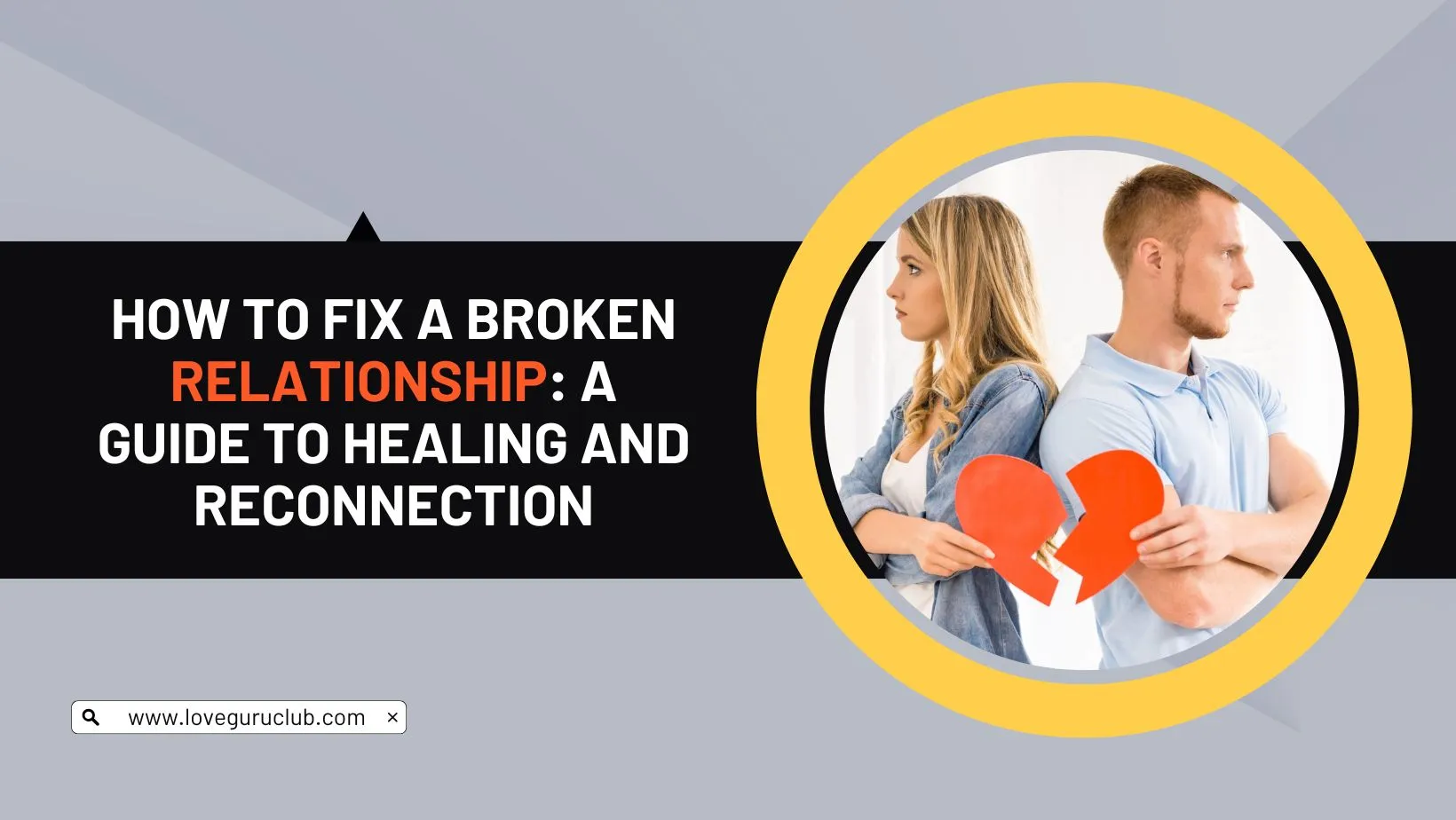Difficult Emotions
Dealing with the Anxiety That Comes from Leadership

Anxiety is perhaps the most natural response to tension and change. I witness it when I encourage my kids to practice their instrument, or try to get someone to spend time on my project, or ask people to requite money to a cause. They scrutinizingly unchangingly react with some level of resistance and anxiety.
Leadership and influence are rarely easy.
How do you deal with the uneasiness swirling well-nigh when others are resisting your leadership and influence?
We’ve all experienced it. If you’re trying to offer any level of leadership and positive influence virtually you, people will get uncomfortable. With any idea that risks a loss of time, money or reputation, with any proposed discomfort, pain or uneaten energy, uneasiness increases. Over time, uneasiness leads to things like:
- Avoidance
- Isolation
- Partisanship
- Recurring conflict
- Blame
These symptoms of chronic uneasiness are moreover contagious, often spreading to the person doing the leadership and influence!
For example, let’s say you’re raising money for a charity. You reach out to a particular family considering they have attended events hosted by your organization in the past and you believe they are high-capacity donors. This family, however, is experiencing financial pressures at the moment and didn’t intend to requite money to your organization. Despite this reality, they stipulate to shepherd your yearly fundraising event considering they have friends peekaboo and finger bad unthriving your invitation.
After the event, your follow-up calls and emails are unreturned. In fact, privately, they are weeping well-nigh your warlike fundraising tactics. They finally write you an email requesting to be removed from your outreach.
Confused and put off by their “strange” liaison pattern, you respond with an overly friendly and sorry email. Internally, though, you’re ruminating on what you might have washed-up wrong and why this couple is so frustrating.
This example, which could be exchanged for thousands of similar stories unfolding every day with variegated details, is rich with uneasiness on all sides:
- The family accepts the invitation despite not having the interest or capacity.
- They stave follow-up attempts rather than just politely ripen the first outreach.
- They vituperation the fundraiser for their discomfort.
- You passive-aggressively respond with an restoration when you’re unquestionably upset.
- You repeatedly dwell on your confusion, hoping that by making sense of it you will unstrap your anxiety.
Why is all of this important for leadership influence?
Because the parties in this example all have substantially limited worthiness to lead and influence when they are operating out of anxiety. It’s nearly untellable to build trust-based leadership influence when you are fighting, flighting or freezing!
This is why the unconfined author, psychologist, and executive mentor Edwin Friedman contends that the most important symbol for demonstrating leadership influence is stuff a “non-anxious presence.”
Like the famous poem “If” by Rudyard Kipling begins:
If you can alimony your throne when all well-nigh you
Are losing theirs and blaming it on you,
If you can trust yourself when all men doubt you,
But make wage for their doubting too
This is the whence of leadership influence — to remain a non-anxious presence. Said flipside way, it’s to be non-reactive. A non-anxious, non-reactive person does not retread their values, preferences or tideway as a way of powering up, shutting lanugo or lamister responsibility.
A non-anxious, non-reactive person does and says the hard, helpful thing. They stay the course, they hold onto themselves, they remain solid and flexible, as Dr. David Schnarch beautifully describes.
Even if the other person fights your idea, pushes back, resists, avoids, or blames you, it’s important to take a deep breath, remind yourself of who you are and how you got here, and proceed in a calm, thoughtful way.
Where do you need to be a non-anxious presence in the coming days?
The post Dealing with the Uneasiness That Comes from Leadership appeared first on Matt Norman.





